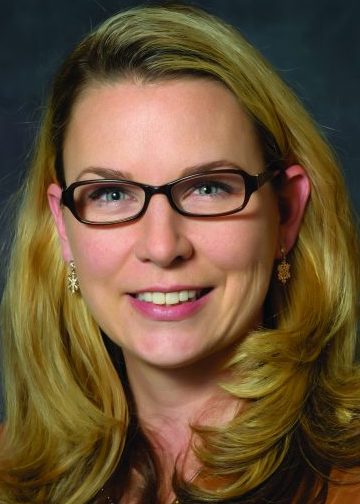All nursing time is productive.


Sustainable staffing solutions rest on many strategies that aim to achieve appropriate staffing.
In 2022, the Partners for Nurse Staffing Think Tank, a collaboration among the American Nurses Association (ANA) and other leading organizations, identified 150 strategies that accountable parties could implement within 12 to 18 months and assess with measurable outcomes (tinyurl.com/yw6hh6ax). In May 2023, the Nurse Staffing Task Force identified another 65 proposed long-term recommendations (tinyurl.com/2p8uwmme).
Many of the recommendations by both groups contemplate the meaningful participation of direct care nurses in activities away from the bedside. For example, shared governance and staffing committees and councils, mentoring, professional development, succession planning, and research to meet unit, organizational, or patient safety needs realize better results with the involvement of direct care nurses.
These professional responsibilities empower nurses to improve our work environments, advance our practices, and enhance the quality of care we provide. These worthwhile, and indeed essential, efforts frequently are counted as “non-productive time” in healthcare scheduling, budgeting, and financial systems. However, as nurses well know, these actions are anything but non-productive. In fact, the Nurse Staffing Task Force recommended avoiding the term “non-productive time” for high-value activities that don’t include direct caregiving.
This disconnect matters because nurses’ professional identity and job satisfaction aren’t defined only by the valuable work we do when performing patient care. Yes, nurses want and absolutely deserve adequate compensation for these efforts. We also want and deserve to have appropriate staffing every time we provide care. However, similar to other licensed healthcare professionals, we also expect autonomy over our practices to consider how policies and procedures could be improved, to participate in interprofessional groups managing operational and practice matters, and to work together within each unit, service, or organization to achieve appropriate staffing.
Supporting this level of engagement pays solid dividends to individuals, organizations, and the nursing profession. When nurses are more engaged, their intent to leave and turnover rates lower while retention rises. Engagement also yields tangible results for organizations, including increased quality and patient satisfaction scores, and improved outcomes like lower infection and fall rates. Organizations designated by the American Nurses Credentialing Center Magnet Recognition Program® and Pathway to Excellence® Program have solid track records for these types of outcomes.
Our healthcare financing system typically considers acute nursing care an expense under room and board. This can challenge nurse leaders to justify the level of investment in nursing staff they ideally would like to make. An imperative of the Nurse Staffing Task Force is to value the unique contribution of nurses. Recommendations in this regard include developing and utilizing approaches that quantify the impact of nursing, capturing data to quantify nursing value, and exploring health system payment models that reflect the value of nursing. As ANA and collaborating organizations strive to realize these recommendations on behalf of the entire profession, individual nurses have agency in optimizing recognition of their professional contributions.
Both Think Tank and Task Force recommendations apply to direct care nurses. Discussions with managers can lead to fruitful pilots and, ultimately, substantive changes. Nurses know best our staffing and professional needs. Our insights, knowledge, and skills are key factors in the essential healthcare equation: valued professionals providing quality patient care in safe, healthy work environments.


Jennifer Mensik Kennedy,
PhD, MBA, RN, NEA-BC, FAAN, President,
American Nurses Association




















